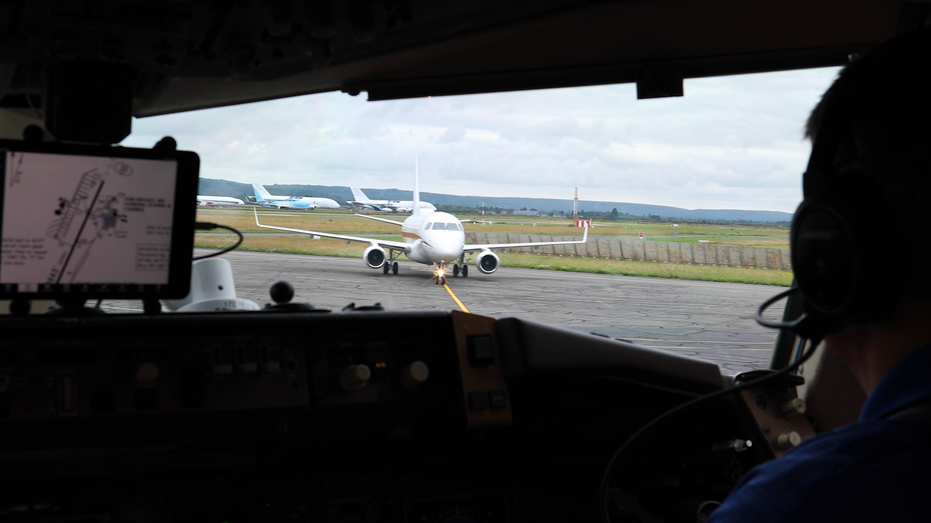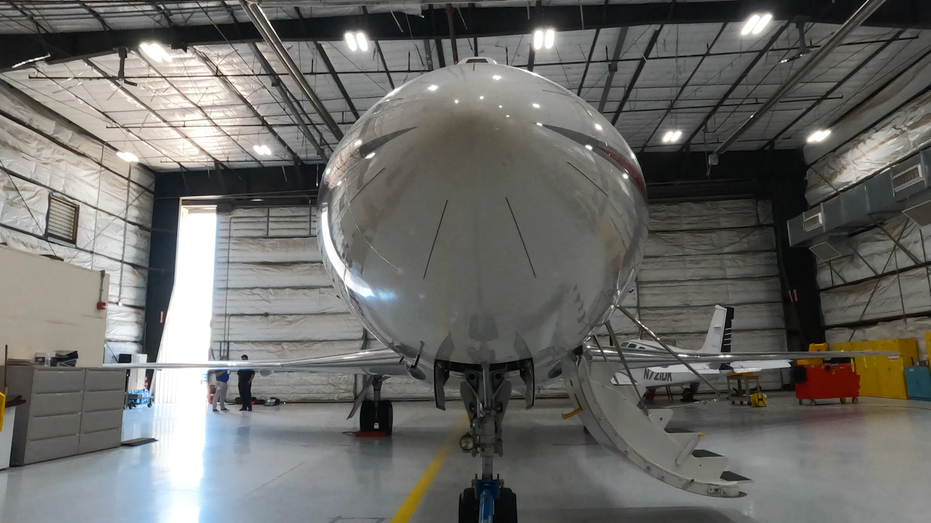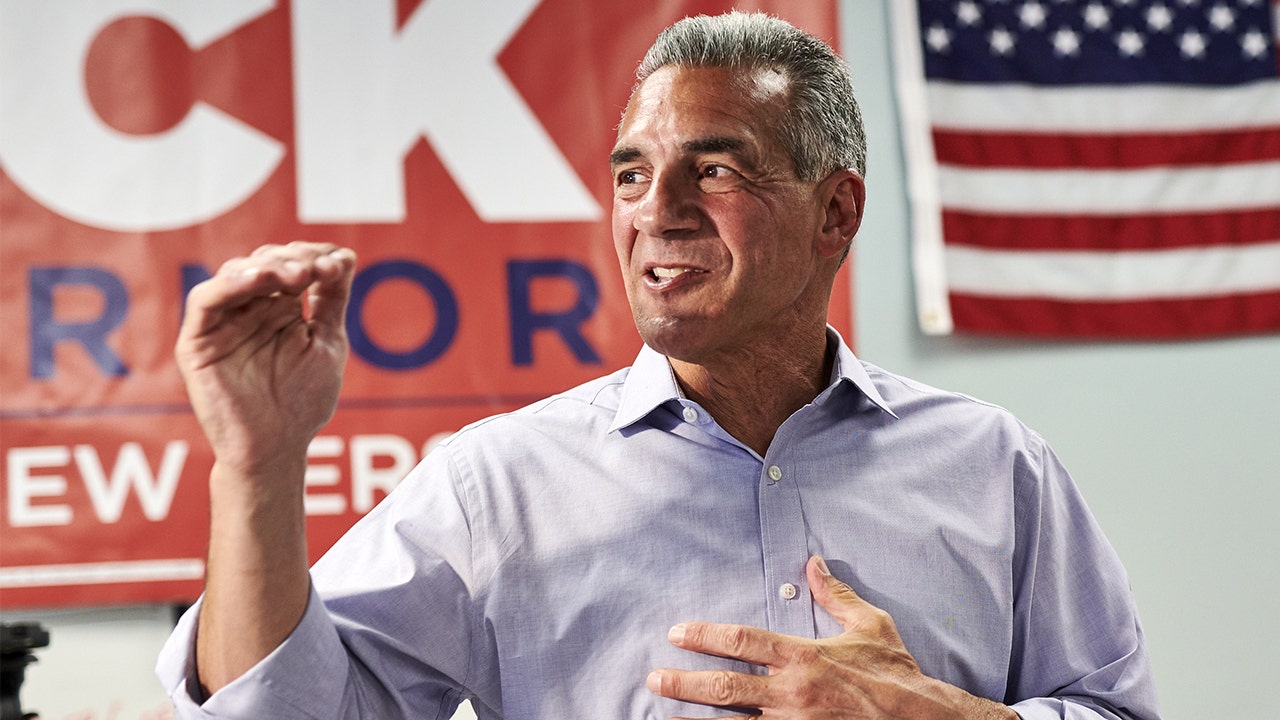Southwest Airlines is rolling out new technology in its Boeing 737 fleet in hopes of making takeoffs and landings safer.
“Traffic doubles every 15 years…it is really seconds from disaster…We have a very safe system, but we need new technologies to keep that safety level,” explained Thea Feyereisen, Distinguished Technical Fellow with Honeywell Aerospace.
That’s why Feyereisen and her team developed a new software called “SmartRunway SmartLanding,” which is designed to help pilots respond faster, smarter and safer on the tarmac.
SOUTHWEST ADDS ‘POWERFUL’ COCKPIT ALERT SYSTEM
To give an idea as to how this works — think about the alert system that a lot of cars nowadays have, warning drivers if they’re drifting too close to another vehicle.
The software does something similar for pilots, warning them if they’re about to line up on the wrong runway or come in too high on the landing.
NOTORIOUS HACKER GROUP SETS SIGNS ON AIRLINE INDUSTRY
“SmartRunway SmartLanding is really a third set of eyes in the cockpit,” said Feyereisen. “It’s almost as if your co-pilot said, ‘Hey, you’re lined up with a taxiway instead of a runway.'”

SOUTHWEST AIRLINES SAYS ASSIGNED SEATING OPTION COMING SOON
Southwest Airlines has already installed the tech on more than 700 of its Boeing 737 fleet.
“Safety is at the heart of everything we do at Southwest… Honeywell’s SmartRunway and SmartLanding software will provide our pilots with enhanced situational awareness to ensure the highest level of safety while operating on runways throughout the network,” the airline said.
The airline was already rolling out the technology when close calls at U.S. airports made headlines earlier this year.
In March, a Southwest flight in Florida tried to take off from a taxiway instead of a runway. A month before that, another Southwest jet narrowly avoided a collision at Chicago Midway.

“We want to be preventative rather than reactive and that’s really what Southwest is doing here… they’re not waiting until they have a big accident,” Feyereisen said.
Honeywell’s team is also working on new software dubbed Surface Alerts (SURF-A). It’s being tested and expected to be certified on commercial air transport aircraft in 2026 pending regulatory approvals.
The software uses GPS data, Automatic Dependent Surveillance-Broadcast equipment and advanced analytics to give pilots direct audio and visual alerts of potential runway traffic.
Read the full article here















